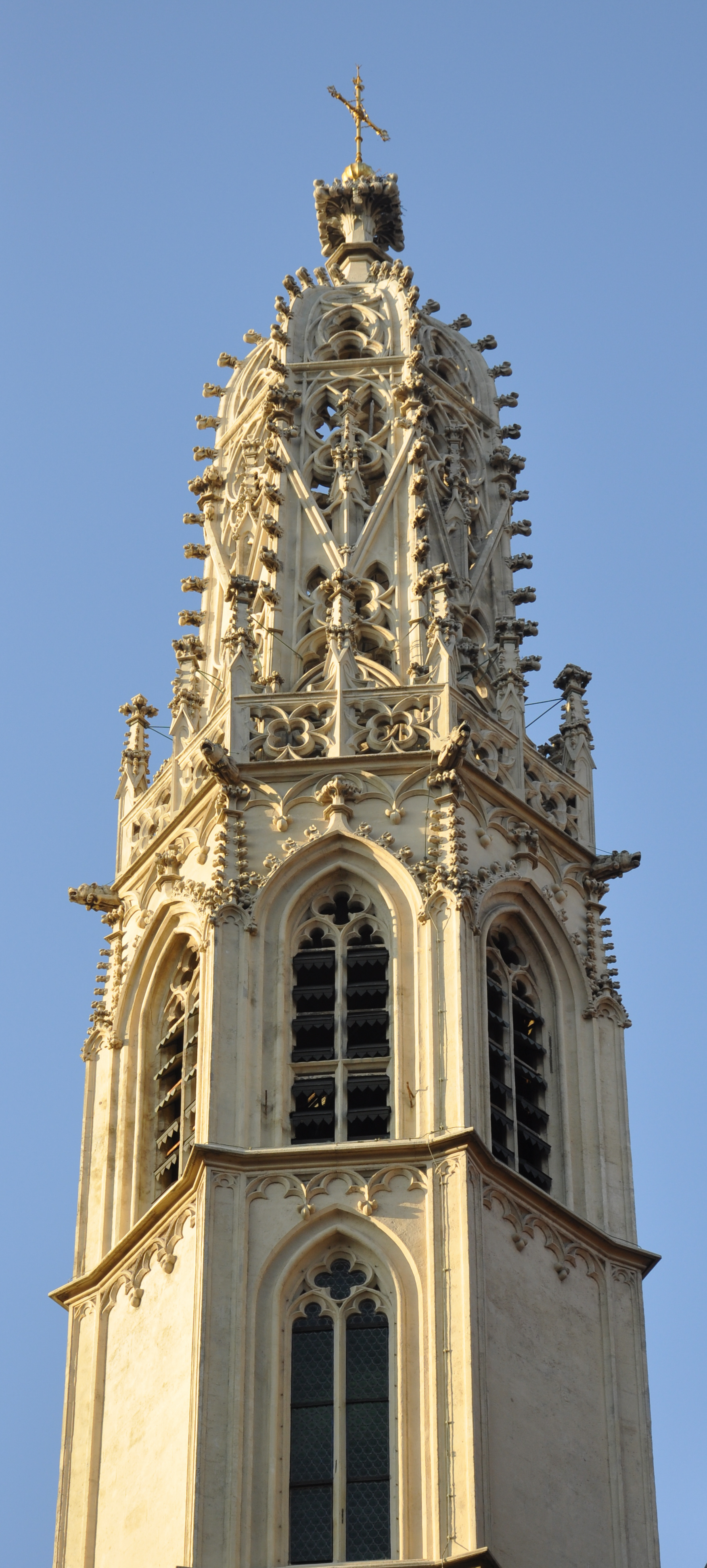Modern Architecture in Austria
A Special Legacy
By Christopher Long
Top Photo: Coop Himmelb(l)au, Apartment Building Gasometer B, Vienna, 2001. Duccio Malagamba
Modern architecture has had a remarkably long and rich history in Austria. As early as 1926, Josef Frank, who was among the leading Austrian modernists of the inter-war period, discussed a “protracted tradition” in the country of experiments with new forms in an article: “The architects Otto Wagner, Joseph Maria Olbrich, Josef Hoffmann, Adolf Loos, and others had a marked impact on European architecture already long before the [First World] war.Works were created that lead in a direct line to those of the present day. [We] only need to continue this tradition, in contrast to other countries.”
It was Wagner, born in 1841, who would first formulate what was to become Austria’s special contribution to modern architecture.
Beginning in the mid 1890s, while carrying out the commission for the new urban railway - the Stadtbahn - in Vienna, he introduced novel ideas for buildings: the bold use of the latest materials, including iron, glass, and concrete. Wagner combined these with a radically innovative style, a pared down variant of classicism merged with Art Nouveau, or Jugendstil. Several future luminaries of modern architecture worked in Wagner’s office at that time: Olbrich, Hoffmann, and the young Jože Plečnik.
Wagner would go on to design and build groundbreaking works, foremost among them the church at the Steinhof psychiatric hospital and the Postal Savings Bank on the Ringstrasse in Vienna. These buildings were characterized by their advanced construction and detailing, but, even more, they expressed novel ideas about function.
The Postal Savings Bank featured a glass-roofed banking hall, the roof suspended by cables and heated in the winter with electricity to prevent the buildup of snow, while the nave and altar of the church at the Steinhof was confined to a single space, without intervening columns or other supports so that nothing would block the views or create places where germs could “hide” and spread infection. In the same way, Wagner designed the fonts so that the holy water would flow continuously, thus remaining uncontaminated.
Otto Wagner, Church on Steinhof, Vienna, 1907. Österreich Werbung/ Popp Hackner
The younger architects working for Wagner began to form their own practices around the turn of the century. Olbrich’s first important commission was for the Secession Building on Karlsplatz, which became the center for the city’s avantgarde art movement. Hoffmann would establish a partnership in 1903 with the graphic designer Koloman Moser to found the Wiener Werkstätte, a crafts-collective to make cutting-edge modernist designs.
And Plečnik would work on several striking buildings, most notably the Zacherlhaus for a large insecticide maker. The Zacherlhaus typifies what was to come in the new architecture. It was based on a concrete frame, rather than conventional load-bearing walls, with a thin stone veneer attached to it. The façade has pronounced vertical “ribs,” which accentuate its height and give it an astringent and chaste look. There is still ornament, for example in the form of the “Atlantes,” or male figures that support the cornice and in the cornice itself, but it is understated and mostly presented as simple geometric shapes.
The Zacherlhaus, Interior Starircase. Wikimedia/ PictureObelix. CC BY-SA 3.0 AT
Completed in 1905, the building was an extraordinary and prescient statement about the possibilities of modernism. Plečnik’s building, tucked into a side street near St. Stephens, drew surprisingly little response at the time. But another building, designed by Adolf Loos for the tailor firm Goldman & Salatsch on Michaelerplatz, became the focus of a heated controversy. When the scaffolding was first removed in the late summer of 1910, it revealed an even-more radical façade: the lower two stories were clad in Cipollino marble, but the upper floors were entirely blank, with a smooth stucco façade and no window surrounds.
Immediately, the building - soon dubbed The Looshaus - became the target for criticism and derision. The city council took up the matter, charging that Loos had disfigured the square (which on its opposite side was taken up by the Hofburg, the imperial palace) with a building that was wholly inappropriate for its important site. At one point, the council sought to force Loos to ornament the upper façade.
Adolf Loos, Looshaus on Michaelerplatz, Vienna, 1910. Wikiemdia/ Thomas Ledl
But he and his clients held firm, and eventually, in late 1911, they forged a compromise with the city building office. Loos would install window boxes to some of the windows, which would relieve some of the building’s plainness. By 1910, though the Michaelerplatz controversy was raging, a new generation of Austrian modernists appeared on the scene. Among its leaders were Oskar Strnad and his partners, Oskar Wlach and Josef Frank. Strnad, Wlach, Frank, as they called their firm, pushed the idea of a purified modernism even further. Strnad produced a project for a highly pared-down office building for a site near the church of Maria am Gestade in Vienna’s inner city, and Frank worked on several advanced villas, including two on the Wilbrandtgasse in the eighteenth district, with flat roofs and asymmetrical façades.
The outbreak of World War I first slowed and then halted the modernists’ efforts. Many of the younger architects served at the front, and, when they returned at the end of the war, they faced a wholly different situation. The dissolution of the Habsburg monarchy and the formation of the new Republic of Austria left Vienna and the rest of the rather small Alpine country in a deep financial and political crisis, one that precluded most private building for several years. Loos, Frank, Strnad, Hoffmann, and many others worked on the first designs for the Vienna settlers’ movement (Siedlerbewegung) and then the municipal housing projects, the Gemeindebauten. Little else was built, however, at least not until after 1923.
The interwar years, however, saw other developments. Younger architects, including Clemens Holzmeister and Lois Welzenbacher, brought modernism to the provinces, to Tirol, Salzburg, and Vorarlberg. Welzenbacher’s Park Hotel in Hall in Tirol announced an even more rigorous version of modernism, one radically simplified, with taut white surfaces and cantilevered balconies. And his Adambräu brewery building in Innsbruck translated the new language of purism into a gleaming industrial architecture.
The 1920s also saw the first women practicing architecture, most conspicuously Margarete Schütte-Lihotzky, who studied at the Vienna Kunstgewerbeschule (now the University of Applied Arts) with Strnad and went on to collaborate with Loos, Frank, and others on planning and erecting new housing settlements in the early postwar years. In the mid 1920s, she left Vienna to work for the New Frankfurt project, where she created the so-called Frankfurt Kitchen, the prototype, as it would turn out, for nearly all later functional built-in kitchens.
The Frankfurt Kitchen. Wikimedia/ Jonathan Savoie CC-BY-SA-3.0
In the early 1920s, Loos headed the Vienna municipal housing office, but he came into conflict with the socialist city leaders over their decision to promote large-scale housing blocks rather than garden city developments, which Loos favored. He resigned in 1924 and moved to Paris. Loos continued to build in Vienna, however, and in 1928 he realized one of the most important works of the time, a large villa for industrialist Hans Moller and his wife Anny in the Starkfriedgasse. It encapsulated Loos’s idiosyncratic ideas about space and form, using rooms on multiple levels connected by short flights of stairs. It was one of the most fully realized examples of Loos’s notion of the Raumplan, or space plan, and it is now among the most widely admired and studied modernist works in Austria.
In the 1910s and 1920s, young Austrians working abroad also had a profound impact on the development of the new architecture. R. M. Schindler, who had studied with Otto Wagner, went to the United States in 1914 to work with Frank Lloyd Wright and eventually moved to Los Angeles to supervise Wright’s Hollyhock House and a “progressive theater complex” for oil heiress Aline Barnsdall. He broke with Wright and decided to remain in Los Angeles, establishing a practice building cutting-edge houses and commercial structures. Later, in the mid 1920s, he formed a brief partnership with another Viennese architect he had known in his student days, Richard Neutra.
Neutra would go on to develop his own distinctive stylistic expression using lowslung horizontal forms, large sliding glass doors, extended terraces, and “spider legs,” extended roof beams that were attached to piers set beyond the main body of his houses. Even more than Schindler, he would, over the next three decades, come to define Southern California modernism. In a similar way, two other Austrians living and working in the U.S., Paul T. Frankl and Frederick Kiesler, would also broadly influence American ideas about interior space, store design, and theater architecture.
The architects who emerged in Austria in the later 1920s continued to promote a distinctive variant of modernism, different from neighboring Switzerland or Germany. Ernst A. Plischke, who also studied at the Vienna Kunstgewerbeschule, much later asserted that Austria’s contribution was a “critical modernism”— an attempt to simultaneously challenge the idea of “functionalism” as a mere style and the search for forging new ways of living. Plischke’s own principal contribution to this idea was his so-called Haus am Attersee.
Raised on thin columns, or pilotis, and wrapped around a hillside with stunning views of the lake and surrounding countryside, it suggested both an emphasis on leisure and a challenge to simple rightangled designs. Plischke, however, was not the only one at the time to pursue such a novel expression of form.
Welzenbacher, too, experimented with sweeping, curvilinear shapes, and others, such as Walter Loos (no relation to Adolf Loos) and Herbert Eichholzer, who worked primarily in Vienna and Graz respectively, investigated pioneering formal and spatial configurations. Like many others of their generation, though, their careers were cut short: After the Anschluss, Walter Loos emigrated to Argentina, and Eichholzer was tried and executed for anti-Nazi activities.
The year 1938 marked a divide for the fortunes of Austria’s architecture, as it did for most other areas of the country’s arts and culture. Many of the leading architects emigrated, including Plischke, who went into exile in New Zealand, Josef Frank, who left for Stockholm, and Oskar Wlach, who found refuge in New York.
The teaching of modernist principles in institutions of higher learning nearly ceased altogether, but some younger architects continued to pursue modern planning principles in the Nazi era producing grand urban plans for Vienna and other cities in the “East.” After the war, the recovery was slowed by the fact that nearly all of the country’s foremost architectural practitioners from the interwar years were either dead or living abroad. Loos and Strnad had died of natural causes in the 1930s; Frank, Clemens Holzmeister, and others remained in exile. As a consequence, the schools languished for a time: until the late 1940s, there was little to no opportunity for a new generation of modernists. Gradually, however, the situation began to change.
Oswald Haerdtl (Hoffmann’s former assistant), Otto Niedermoser, Welzenbacher, and Karl Schwanzer, among others, reintroduced elements of a modernist curriculum in their teaching, and in 1949 Holzmeister, who was living and working in Turkey, began conducting master classes at the Academy of Fine Arts in Vienna. Plischke, too, returned to teach at the Academy in the early 1960s.
Over the course of the late 1940s and 1950s, a new generation of brilliant young architects came to the fore. From the Technical University in Graz came Raimund Abraham, Günther Domenig, and Friedrich St. Florian; from Holzmeister’s master class at the Academy of Fine Arts in Vienna came Gustav Peichl, Friedrich Achleitner, Hermann Czech, Wilhelm Holzbauer, Friedrich Kurrent, and Johannes Spalt. And other leading figures also finished their studies in these years, most notably Hans Hollein.
The face of architecture in the country also began to change. Schwanzer, for example, designed a spare steel-framed structure for the Austrian pavilion at the 1958 Brussels World’s Fair that afterward was dissembled and re-erected in Vienna as the Museum des 20. Jahrhunderts, the so-called 20er Haus, as a branch of the Österreichische Galerie Belvedere. The building was remodeled from 2009 to 2011 and renamed 21er Haus. Schwanzer also later designed one of the best modernist buildings of its time in Vienna, the Philips Haus on the Triesterstrasse.
Karl Schwanzer, 20er Haus, Vienna, 1958 (remodeled and renamed in 2011. Belvedere Wien/ Sabine Klimpt.
More far reaching, though, was the fact that Austria became a place for extraordinary architectural experimentation in the late 1950s through 1980s. The Visionäre, the visionary architects of the period, including Abraham, Rainer, Günther Feuerstein, Hollein, and Walter Pichler, sought to question and then reject conventional modernism— the “functionalism” of the postwar era— and experiment with radical ideas.
Their work introduced a new plasticity of form and much greater complexity, but it also challenged standard notions of what buildings should do and how they should be placed in context. Many of their drawings and buildings drew attention abroad. This was particularly true of Abraham, who lived, taught, and practiced in New York. His most significant work is the building of the Austrian Cultural Forum in New York on East 52nd Street.
Other groups or practices of younger architects also shaped impressive and vital ideas in this time, among them Coop Himmelb(l)au (Wolf Prix, Helmut Swiczinsky, and Michael Holzer), HausRucker-Co (Laurids Ortner, Manfred Ortner, Klaus Pinter, and Günter Zamp Kelp), and Missing Link (Adolf Krischanitz, Angela Hareiter, and Otto Kapfinger). Coop Himmelb(l)au’s breakthrough design, the rooftop remodeling on the Falkenstrasse, for example, became one of the first contributions to what became known as “Deconstructivist” architecture.
Equally important were the contributions of the Grazer Schule, the Graz School. Its leading figures - Günther Domenig, Klaus Kada, and Volker Giencke, all of whom were associated with the Technical University in Graz in one way or another - promoted radical new ways of making forms in architecture.
Giencke’s greenhouse for the Botanical Garden in Graz offered a novel path to form and function, combining a sculptural outer “skin” with curvilinear shapes that snake across the landscape. Other younger architects, many of whom worked or studied with Domenig, Kada and Michael Szyszkowitz in Graz have also had a significant impact both within Austria and abroad, including Hermann Eisenköck, Ernst Giselbrecht, Florian Riegler, Roger Riewe, and Dieter Feichtinger.
Austria today continues to have a lively architecture scene, one far more present in the world than the country’s small size would suggest. Architects working in Vorarlberg, such as Carlo Baumschlager, Dietmar Eberle, Josef Fink, and Dieter Gross, to name only a few, have drawn international attention for their sensitive and thoughtful architecture responding to the special landscape and building traditions of the region. And all over Austria today, architects old and new continue to challenge ideas about how to build and how to live.
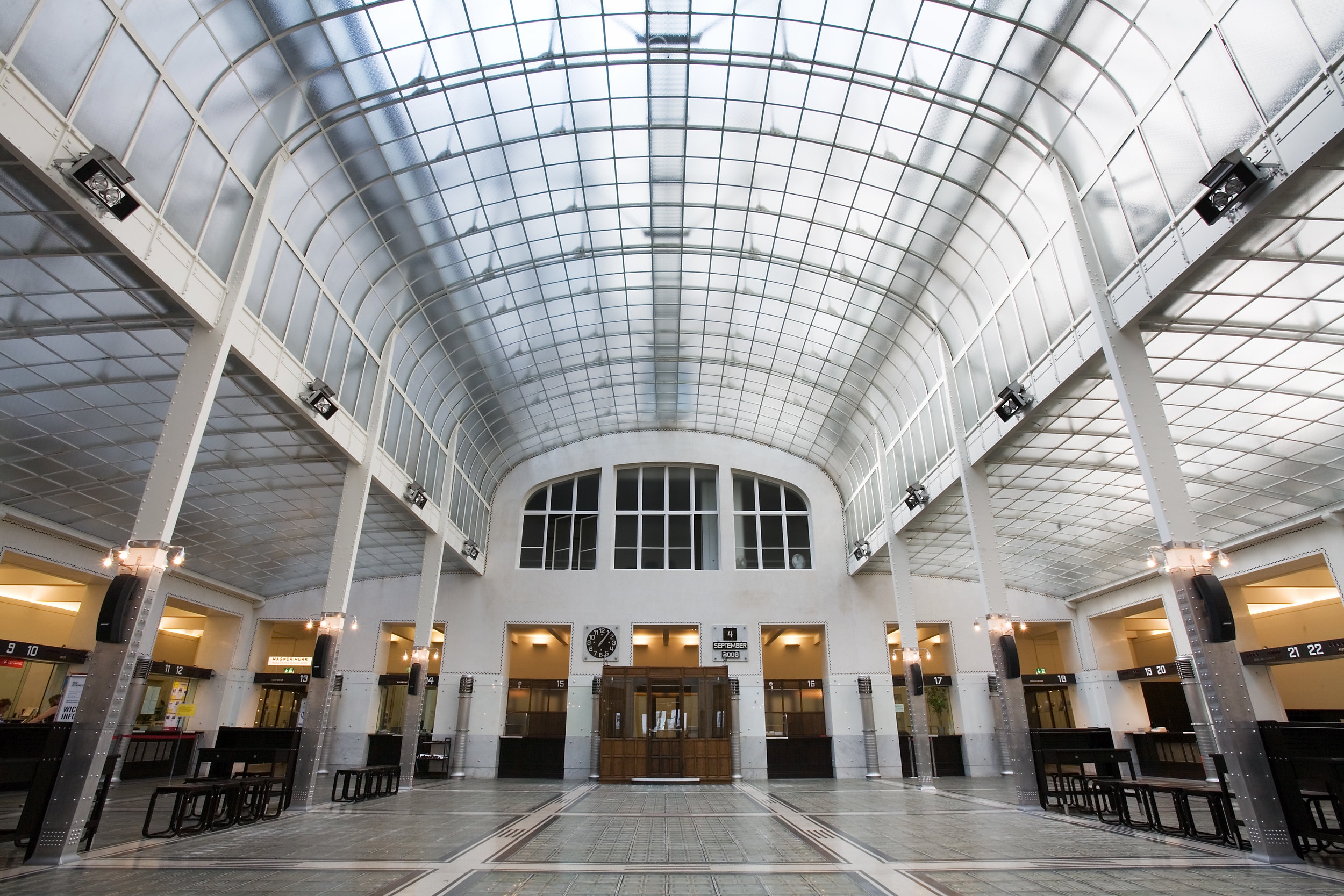
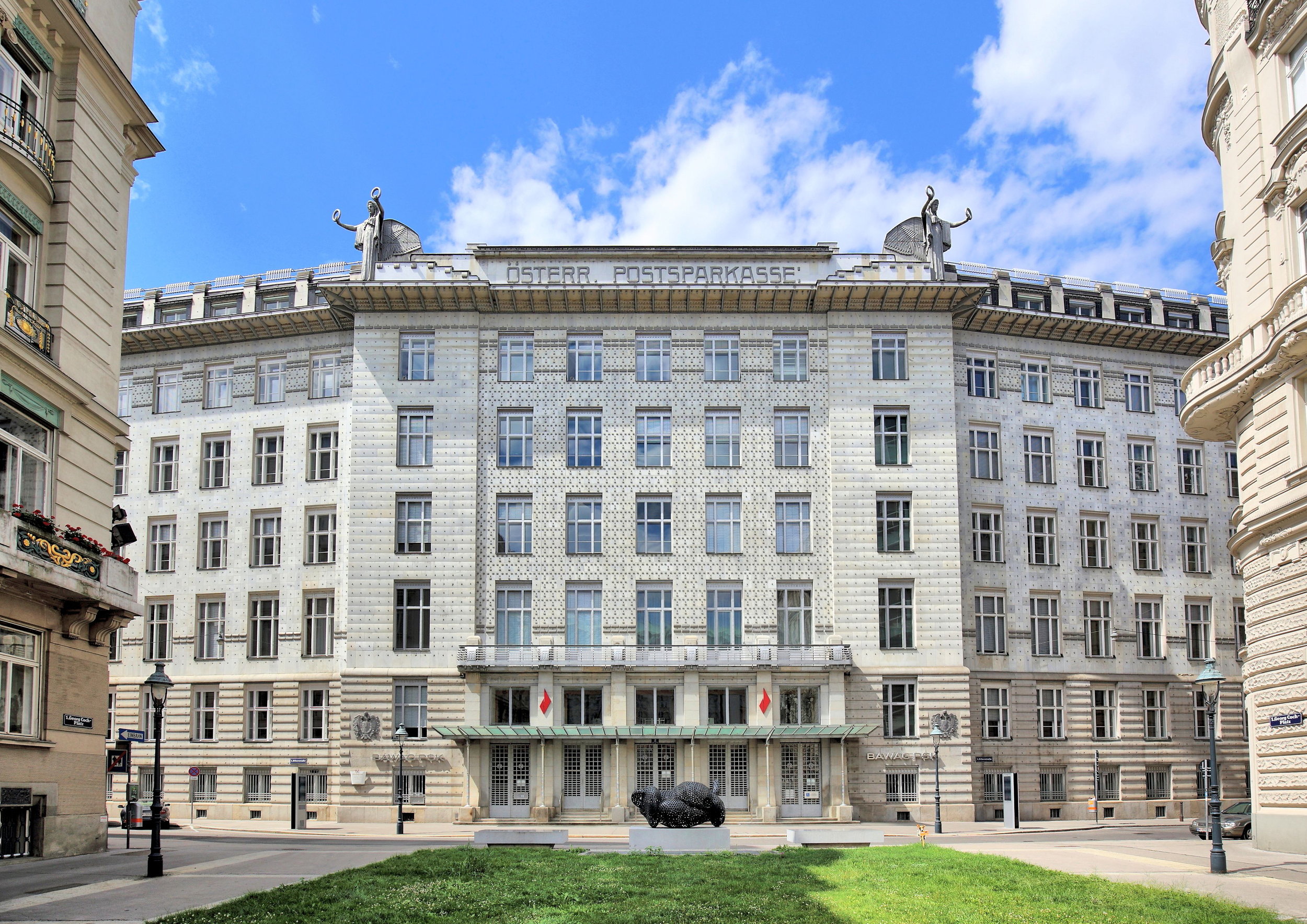
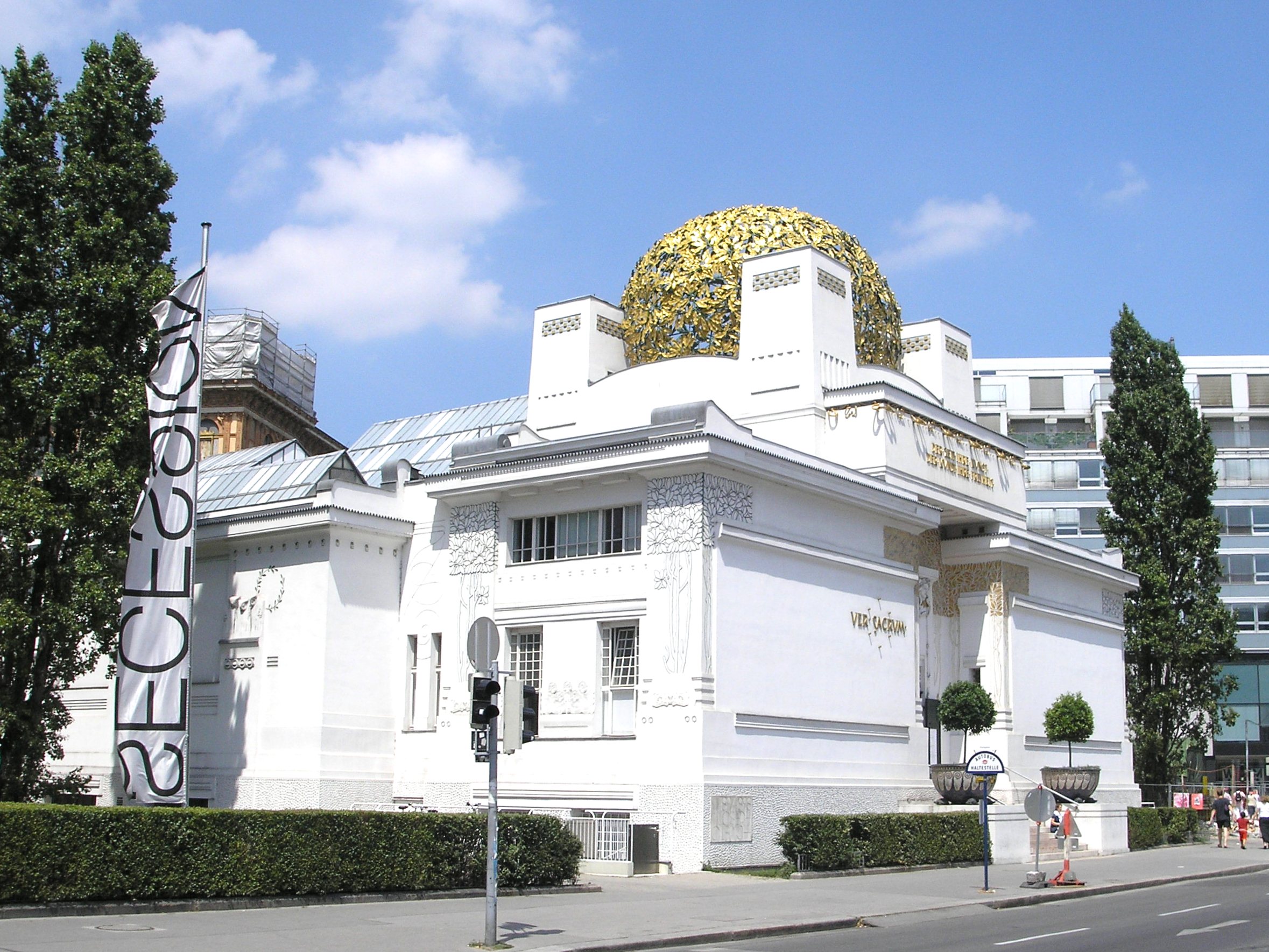
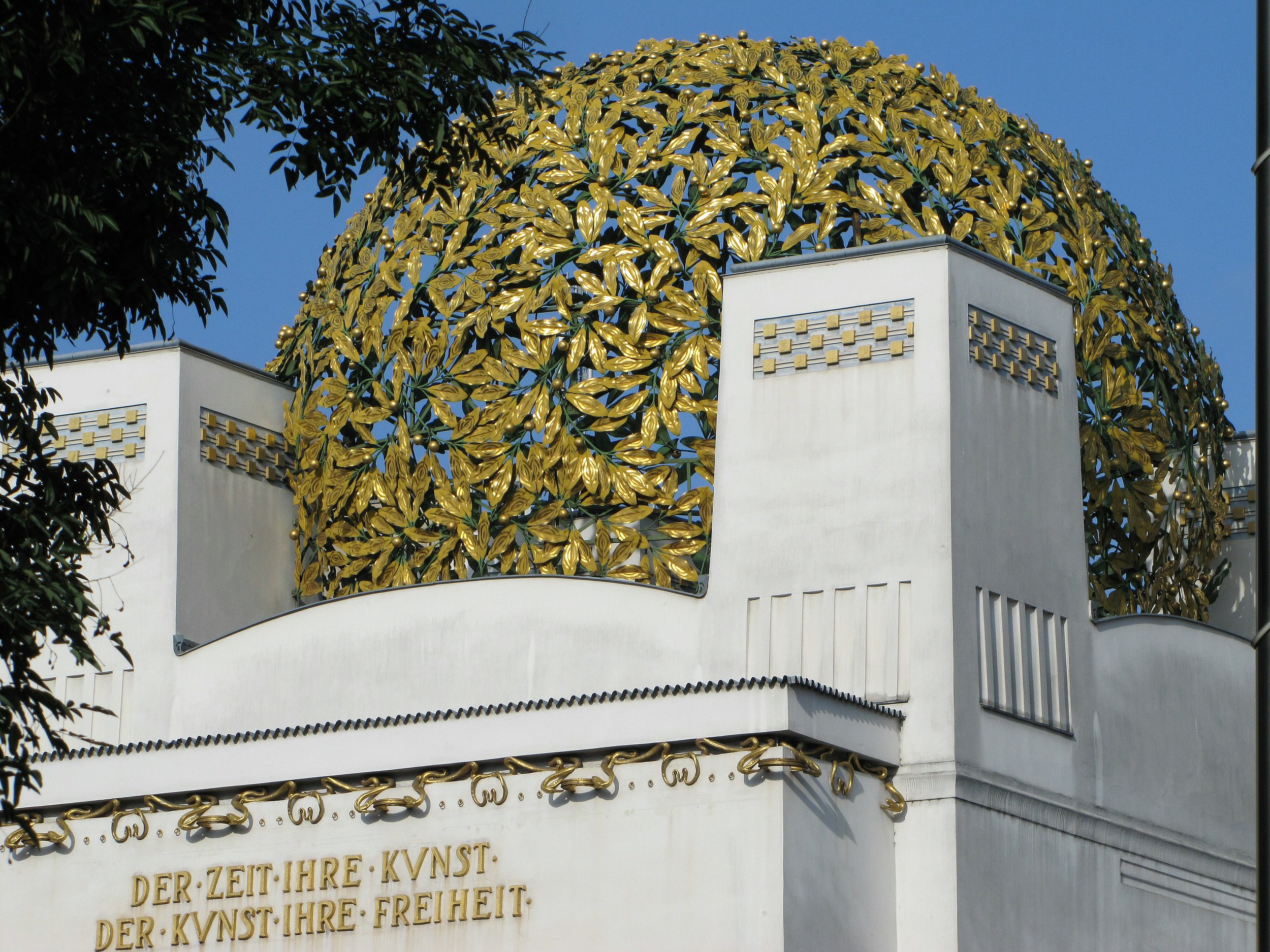
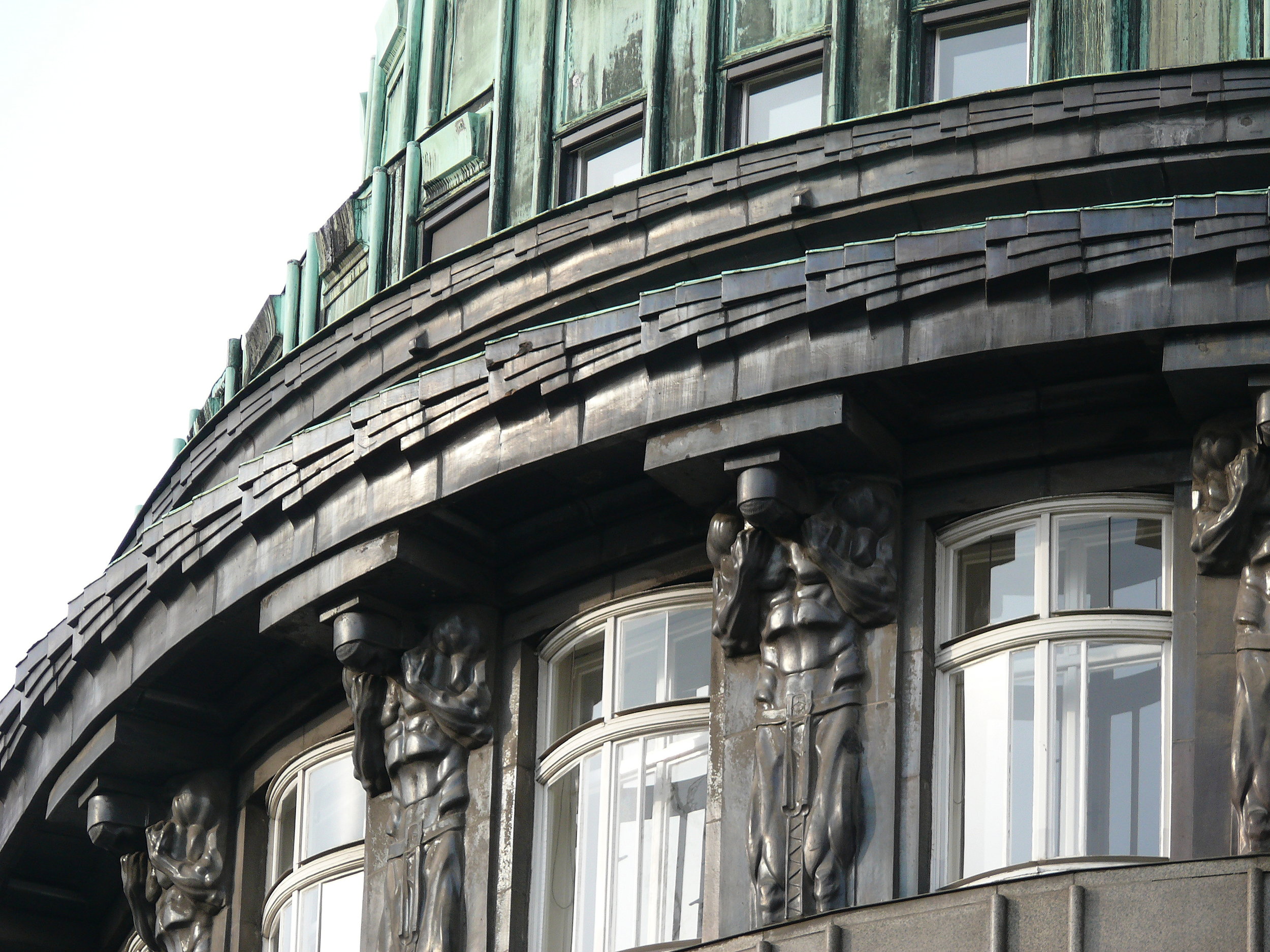

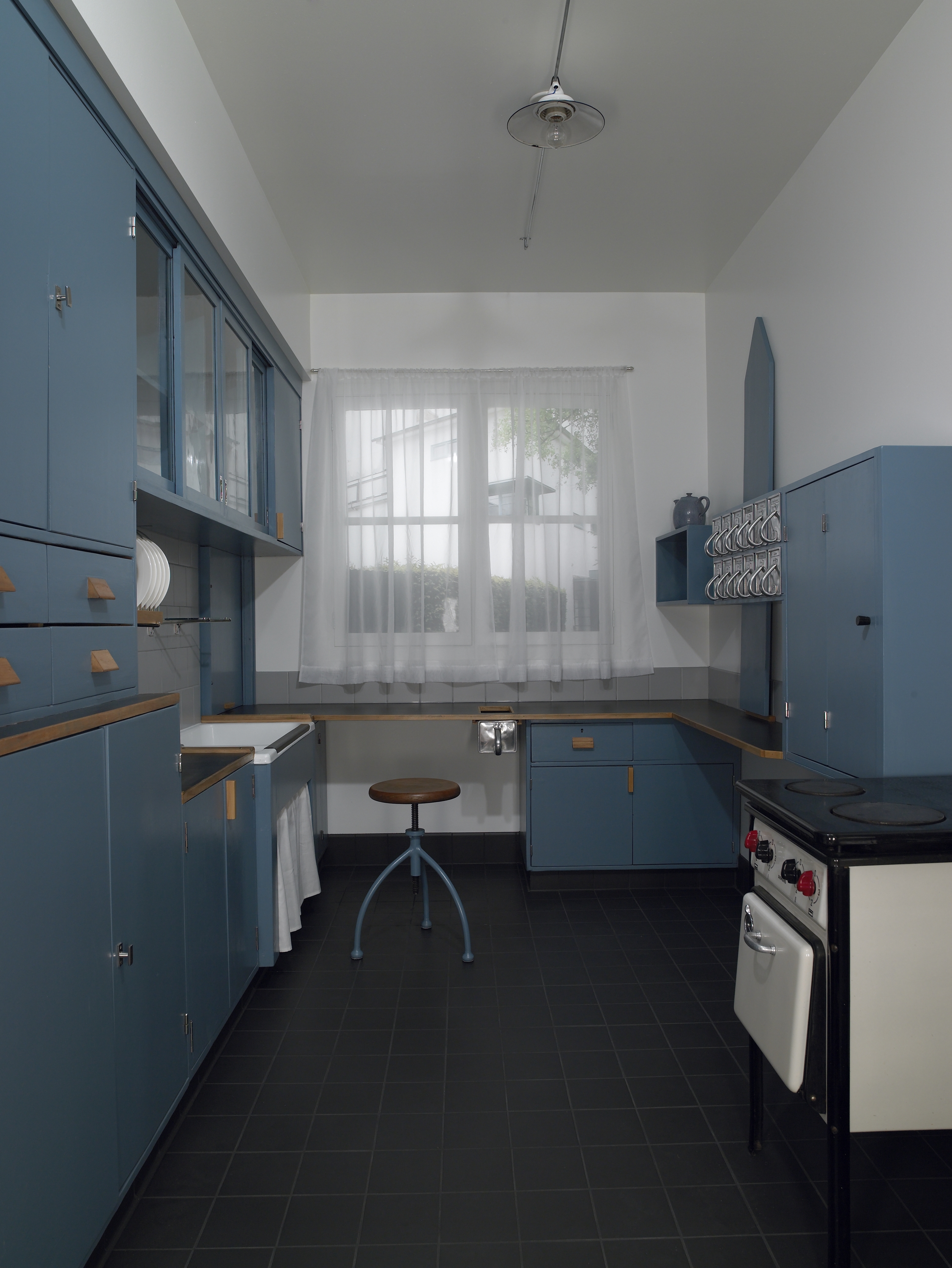
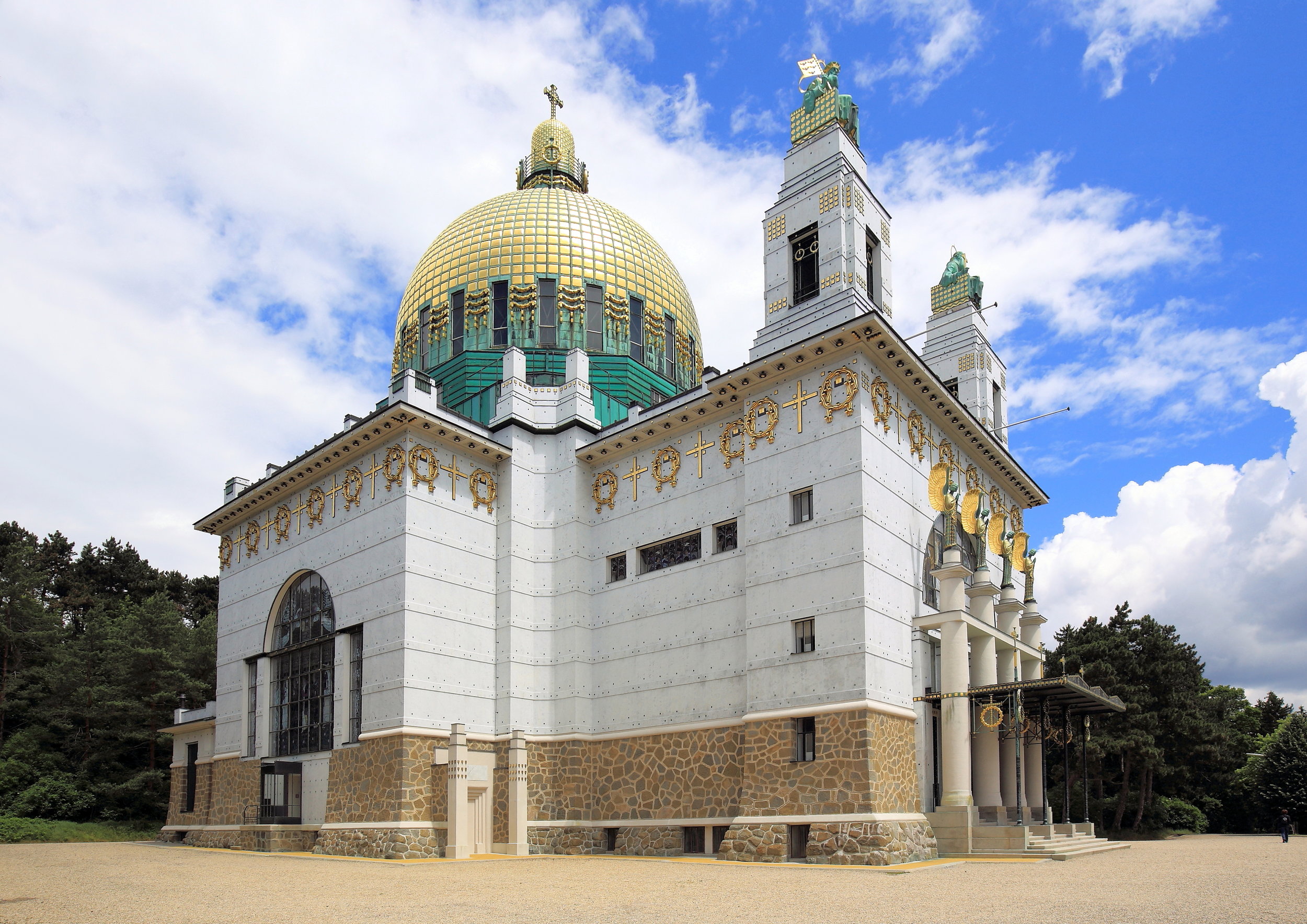
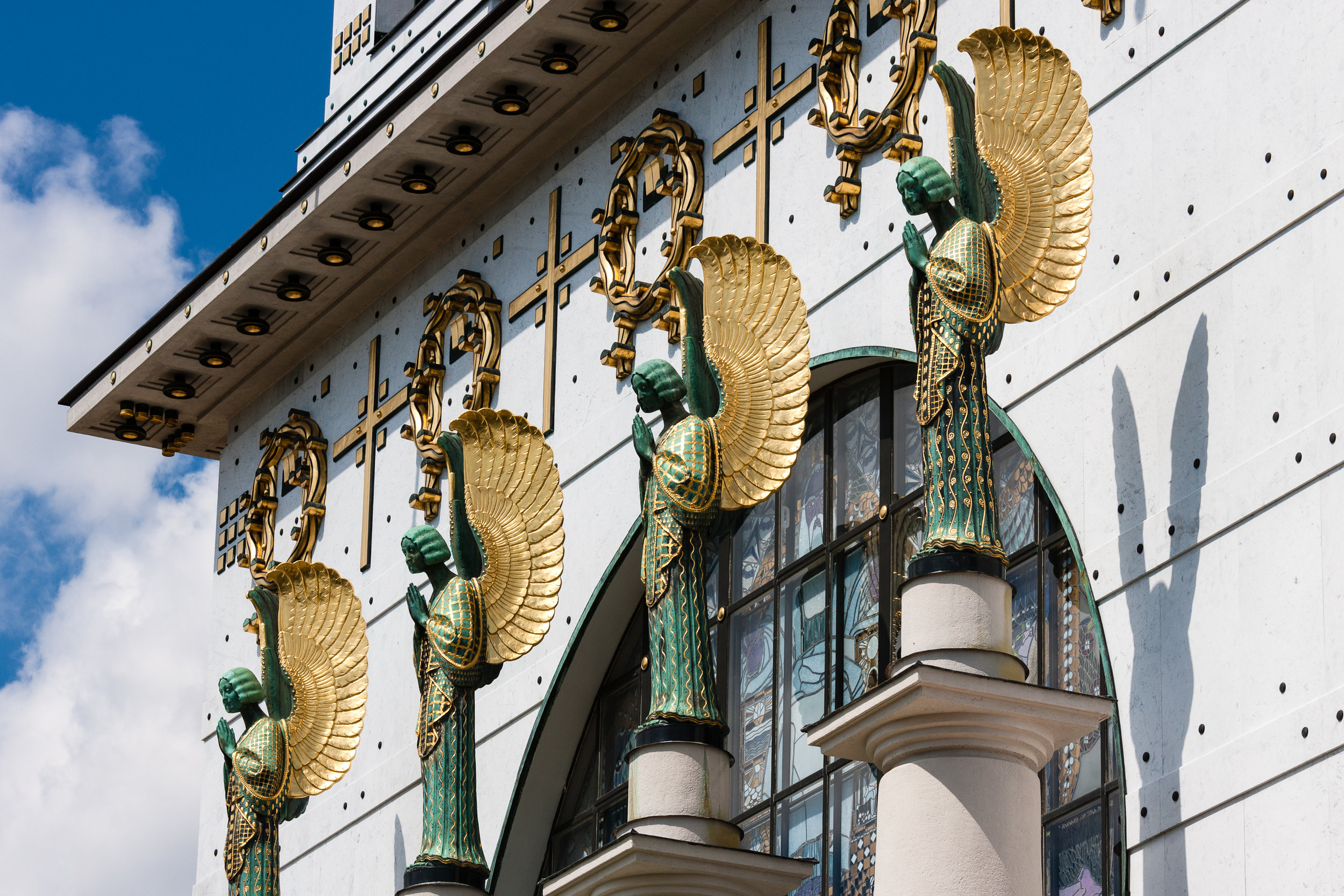
Christopher Long is Distinguished Teaching Professor in the School of Architecture at the University of Texas at Austin. A noted expert on Austrian architecture, his books include The Looshaus (2011) and Josef Frank: Life and Work (2002). His newest book, The New Space: Movement and Experience in Viennese Modern Architecture was published by Yale University Press in October 2016.


